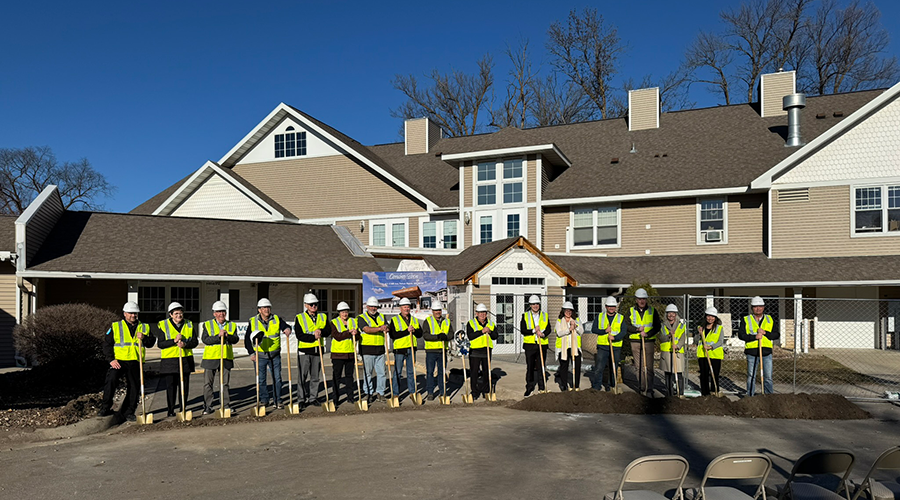While careful documentation of policies, procedures and roles is necessary for an emergency preparedness program, an effective program is more than a written plan, according to an article on the McKnight's Long-Term Care News website.
The other critical component of an emergency preparedness program is ongoing learning, practicing, testing and improvement.
Testing, training and continuous improvement are also requirements put forth in the CMS emergency preparedness rule—no facility can be compliant without them.
The nine-step development process for a comprehensive emergency program used by the Veterans Health Administration (VHA) illustrates the substantial role that ongoing preparedness activities play.

 AI Usage for Healthcare Facilities
AI Usage for Healthcare Facilities Ground Broken on Pelican Valley Senior Living Modernization Project
Ground Broken on Pelican Valley Senior Living Modernization Project All-Electric UCI Health – Irvine Hospital Set to Open
All-Electric UCI Health – Irvine Hospital Set to Open The Rising Strategic Value of Owner's Reps in Healthcare
The Rising Strategic Value of Owner's Reps in Healthcare Lawrence Group Designs Pair of Ignite Medical Resorts in Missouri
Lawrence Group Designs Pair of Ignite Medical Resorts in Missouri